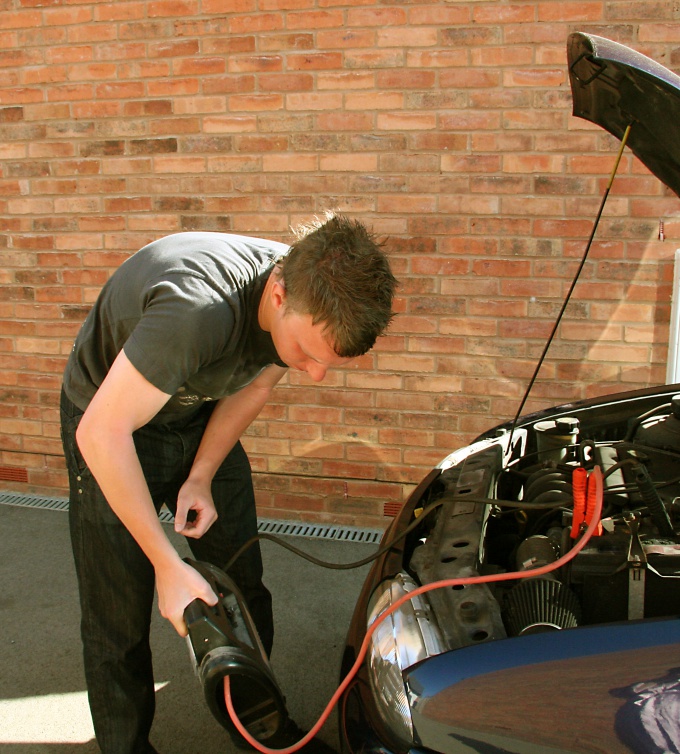Instruction
1
After removing the terminals and retrieve the battery from the car, wipe it with a damp cloth, clearing away the acid salts. Charging a car battery produce in a room with good ventilation. This will help avoid poisoning by toxic vapors.
2
Unscrew the caps and clean the exhaust valve. This will help to protect the battery from bursting open in case it is boiling. Connect the positive and negative terminals of the charger to the same battery terminals. Incorrect polarity may cause the battery to full unfitness.
3
Charging the battery produce with a fixed amount of current, which should be about one-tenth of its nominal capacity. So, for example, charging a battery with a capacity of 60 Ah, set the amperage charger 6A. To ensure control over the maintenance of the current should follow the indications of the ammeter available on the device and, if necessary, to modify it. When charging the battery with high degree of wear, the charging current should be lower.
4
When the terminal voltage of the battery will reach 14 In, decrease two times the charge current. With this voltage, continue charging until the beginning of the gassing. During charging, battery maintenance, it is recommended to re-cut two of the current strength and continue the process.
5
The battery is considered fully charged if its charge remains unchanged for one to two hours. In the not accepted types of devices, this charge level is achieved at a voltage of about 16.3 to 16.4 V. the figure can be different and depends on the alloy plates of the battery and the purity of the electrolyte.
6
Do not charge the battery after the start of active gassing with plates (boiling), as this will not give a positive effect and leads to decomposition of the electrolyte.
